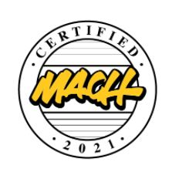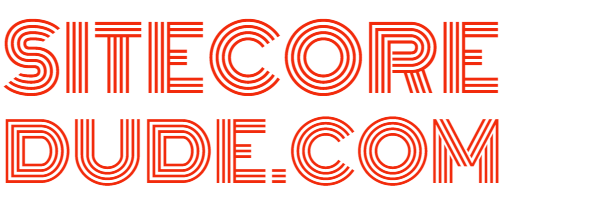MACH Architecture for Ecommerce

OrderCloud is a MACH certified product. If you don't know what OrderCloud is, head over to my post here containing a quick introduction to the platform.
So what is MACH?
MACH stands for Microservices, API-first, Cloud-native and Headless. MACH technologies support a composable architecture that allows for best of bread solutions to be deployed based on business needs.

The key characteristics of MACH architecture in the context of e-commerce are:
Microservices
Individual pieces of functionality are independently developed, deployed, and managed. Microservices are made for specific business capabilities and are designed to perform a single function. E.g. you may have multiple microservices focused on different areas of commerce functionality such as the cart, checkout, product etc. Among other things, this allows functionality to be developed and deployed independently by vertical teams that focus on different areas of the platform.
API-first
All functionality is exposed through an API, enabling multiple applications and services to communicate with each other seamlessly. An API-first architecture allows for disparate systems to communicate with each other over well defined interfaces.
Cloud-native
The software development and delivery are cloud-based, enabling the application to delivery high performance, availability and scalability. Cloud based SaaS applications are generally built on services such as Azure, AWS, GCP etc that allow all of the above.
Headless
Headless architecture focuses on back-end functionality only, decoupling the fron-end (UI) from the back-end (core business functionality). Having a headless architecture allows developers to build custom front-end applications for multiple channels e.g. an ecommerce website, mobile application, smart home devices, social media channels etc.
Hopefully, that gives you a good understanding of MACH architecture and its advantages. Stay tuned for future posts where I will dig deeper into OrderCloud platform architecture and supported functionality.
References
https://www.sitecore.com/blog/headless/what-is-mach-architecture

